Studies
Summaries of Major Research Studies and Quotations
Supporting the premise that all humans are potential geniuses at conception.
Part I: Every Child at Conception is a Potential Genius

The Bible: “Then God said, Let us make mankind in our image, in our likeness . . .” Gen. 1:26
Logic: Since God is obviously creative, what must every human potentially be?
“And hath made of one blood all nations of men to dwell on all the face of the earth . . .” — Acts 17:26
The U.S. Declaration of Independence, approved by voice vote on July 4th, 1776, by 56 “founding fathers” of the United States of America: “We hold these truths to be self-evident that all men are created equal . . .”
Johann Wolfgang von Goethe, 1749 – 1832: “If children grew up according to early indications, we should have nothing but geniuses.”
Compare this quotation with brain scientist, Kisou Kubota, MD, Ph.D., Kyoto University: “Infants begin indicating their “interest inclinations” at 8 months,” which are indicators of their True Career Calling.
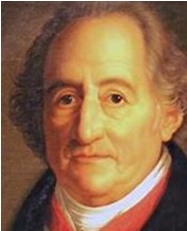

Alfred Binet, Professor of Philosophy, University of Paris, Inventor of the IQ test:
“A few modern philosopher’s assert that an individual’s intelligence is a fixed quantity, a quantity which cannot be increased. We must protest and react against this brutal pessimism…. With practice, training, and above all, method, we manage to increase our attention, our memory, our judgment and literally to become more intelligent than we were before.”
Claude Levi-Strauss, Professor of Anthropology, University of Paris.
“As evidenced by the ability to learn the most difficult subject in the universe, language, all humans have been geniuses for at least one million years.

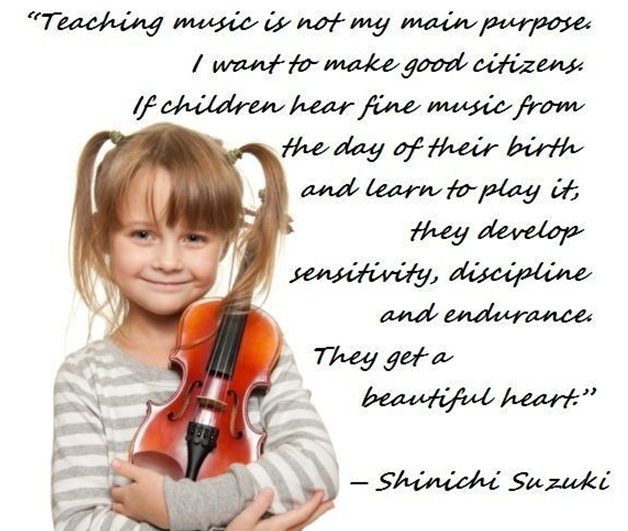
Shin-Ichi Suzuki, Music Educator, Tokyo, Japan, mentored by Albert Einstein in Germany in the 1930’s.
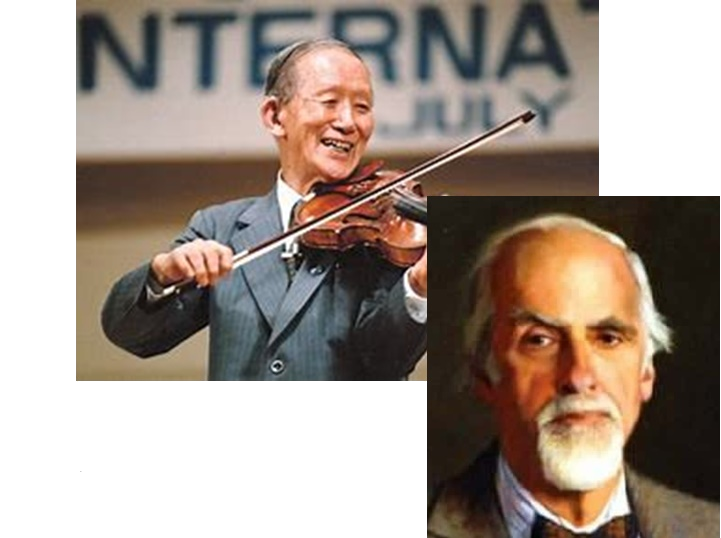
David McClelland, Ph.D., Chair, Social Psychology, Harvard University
Paraphrasing: “High achievement derives from the amount of respect, inspiration, and the timing of independence given to the young child.”
The Achieving Society”. Princeton New Jersey: Van Nostrand Co. 1961.
Anne Roe, Ph.D., Psychology of Careers, Harvard University
Common factors of the top 65 American scientists determined in a 4-year study:
(1) Stable, relatively stress-free home life
(2) The home was religious
(3) Parents were deeply devoted to each other and to their child
(4) Mother was more intelligent than the father and read to the child daily
(5) Father devoted priority time to the child’s practical education
The Making of a Scientist, New York: Dodd Mead. 1952
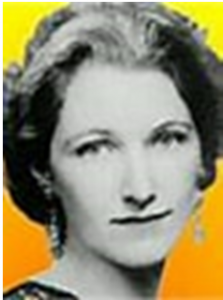

Professor Robert Rosenthal, Ph.D., Chair, Psychology, Harvard University, and Lenore Jacobson:
A teacher’s expectation of the child’s performance has a “self-fulfilling prophecy” effect. In one case, raising the IQ of an Hispanic boy by 40 points in one year.
New York: Holt, Rinehart and Winston: Pygmalion in the Classroom, 1968.
Professor Kisou Kubota, MD, Ph.D. Neurophysiology, Kyoto University:
“Age 8 is too late to begin developing a child’s genius.”

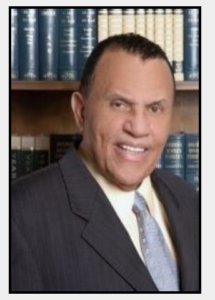
Professor William Maxwell, at the University of the South Pacific, Suva, Fiji, offered further evidence of “The Genius Principle “ with 75 mature South Pacific Island teachers who conducted studies with 1,600 six-year old pupils in 17 different classrooms over a five year period, 1978 – 1983: The children gained IQ points by every single experimental variable tried, examples:
Lego, 5 points; Nature walks, 5 points; Physician visits, 6 points; visit to music events, 6 points; English language tutoring, 8 points; Mathematics tutoring, 10 points; playing chess 11 points; intellectually challenging games with abstract symbols, 19 points.
Malcolm Gladwell, a New York Times best-selling author, demonstrated that any normal human can master any profession or trade with 10,000 hours of skillful instruction. That is three hours per day for ten years. Thus an efficient educational system with genius-quality teachers will facilitate every person to earn the doctorate or the highest license in his/her profession or trade before age 18 and be ready to begin a family still a virgin and unincumbered by distracting romantic baggage.
Outliers: The Story of Success New York: Little, Brown & Co., 2008.
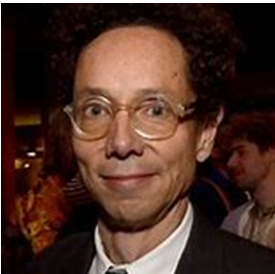
Part II. Investment in Education, the world’s most rewarding investment
Milton Friedman
Professor Friedman, Nobel Laureate in Economic Science at the University of Chicago in a six-page essay, pleaded with non-profit financial institutions, foundations, and universities, to implement his clearly articulated remedy for racism in order to save America from the ravages of racial conflict. In 2006 I asked Professor Friedman if any institution or individual had implemented his remedy. His sad answer was “No.”
Everywhere in the world, Professor Friedman is the second most read economist after Samuelson and a favorite of every U.S. president from Roosevelt to Bush II. The long-serving British Prime Minister, Margaret Thatcher, admired Friedman as her mentor in economics. One cannot earn a degree in economics at a reputable university unless one is familiar with Professor Friedman. Therefore an indicting question naturally arises: There are tens of thousands of degree holders in economics. Why hasn’t at least one had the courage to understand and try to implement a clearly researched remedy for racism?
One hypothesis is that racism as social cancer is far deeper and more causative of indifference to injustice than we might suspect. High-quality career-oriented education is the lever to lift humanity out of our savagery and bigotries.
Professor Friedman’s diagnosis of the weakness of public-funded education and his remedy for racism is summarized on one page, below.
Theodore Schultz
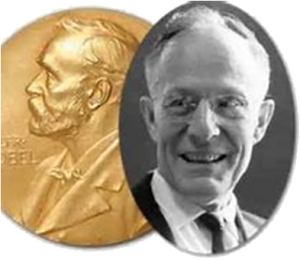
In 1957 the Soviet Union launched the world’s first space object, Sputnik. America panicked since this was clearly a threat of intercontinental missile attacks. One of the positive results were three powerful analytical studies of the American educational systems, public, private and parochial. These diagnostic and analytical studies were generously funded and accomplished by such outstanding scholars as James Coleman at Johns Hopkins University, Jerome Bruner at Harvard and Theodore Schultz, another Nobel Laureate at the University of Chicago. Professor Schultz’s study was funded by the Ford Foundation and was charged with determining the return on investment in general education and specific areas of education. The surprising results were that “any” investment in general education yields at least a 14% return, a return over the long run better than investing in any other sector of the economy. Over the short run, investment in educating engineers in Venezuela or medical doctors in Israel, for example, typically yielded at least 21% return, and in some instances as much as 51% return. Thus Professor Schultz proposed that national, state, and local governments significantly increase their investments in order that America continue to lead the world toward democratic economic systems. Being led by men who often suffered from low integrity and myopic vision, no government seriously considered Professor Schultz’s urgent recommendation. Alas! Thus every three years when the Organization for Economic Cooperation and Development (OECD, based in Paris and funded by 35 economically advanced nations, issues its “Report Card” on the standing of 61 nations, America falls further and further behind, now ranking 37th in the world in the mathematical skills of 15- year-olds.
Citation: Theodore Schultz, The Economic Value of Education. New York: Columbia University Press. 1963.
(Excerpts from Capitalism and Freedom, Milton Friedman, Chicago. The University of Chicago Press, 1962, (pages 102 – 107):
Nobel Laureate Milton Friedman’s Remedy for racism: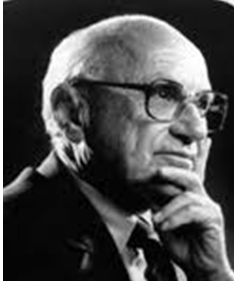
Probably the best suggestions for leveling the “playing field” of education to safeguard the underlying premise of democracy (the equality of human beings) was offered in 1962 by Professor Friedman. (Shortly before he died, 2006, I asked him if his idea had been implemented anywhere. His sad answer: “No.”)
The Problem: “The under investment in human capital presumably reflects an imperfection in the capital market. Investment in human beings cannot be financed on the same terms or with the same ease as investment in physical capital . . . The device adopted to meet the corresponding problem for other risky investments is equity investment plus limited liability . . . of the shareholders” (p. 102)
Toward a Solution: “The counterpart for education would be to “buy” a share in an individual’s earning prospects; to advance him the funds needed to finance his training on condition that he agree to pay a specific fraction of his future earnings. In this way, a lender would get back more than his initial investment from successful individuals, which would compensate for the failure to recoup his original investment from the unsuccessful.
“There seems no legal obstacles to private contracts of this kind[1], even though they are economically equivalent to the purchase of a share in an individual’s earning capacity and thus to partial slavery. One reason why such contracts have not become common, despite their potential profitability to both lender and borrower, is presumably the high costs of administrating them, given the freedom of individuals to move from one place to another, the need for getting accurate income statements, and the long period over which the contract would run . . . It seems highly likely however, that a major role has also been played by the . . . novelty of the idea . . . [2] For several reasons, it would be preferable for private financial institutions and non-profit institutions such as foundations and universities to develop this plan.”
The Appeal: “But if the danger is real, so is the opportunity. Existing imperfections in the capital market tend to restrict the more expensive vocational and professional training to individuals whose parents . . . can finance the [early] training required. They make such individuals a “non-competing” group sheltered from competition by the unavailability of the necessary capital to many able (poor) individuals. The result is to perpetuate inequalities in wealth and status. The development of arrangements such as outlined above would make capital more widely available and would thereby do much to make equality of opportunity a reality, to diminish inequalities of income and wealth, and to promote the full use of our human resources. And it would do so not by impeding competition, destroying incentive, and dealing with symptoms, as would result from outright redistribution of income, but by strengthening competition, making incentives effective, and eliminating the causes of inequality.” (p. 107)
Implementing the Concept:
(1) Acknowledge, as Freud discovered and as Professor Kisou Kubota, MD, Ph.D., urged, that one’s general education begin very early, music at age 24 months to help the brain wire itself, per the Suzuki Method; scientific thinking skill training at age 3 ½, etc. (2) Investors “hedge” their investment by investing in children with robust talent, drive, and support systems. (3) The Academy “hedges” its investment by exposing the child to geniuses of every sort, assisting the child to set learning goals, condensing the basic education to under ten years and the professional education to
under five years. (4) The child chooses a career before age 8, as recommended by Prof. Kubota, after being exposed to almost every career choice, and obtains frequent confirmation by sophisticated career guidance instruments.
(5) The Investors (philanthropists or the Academy(?) hedge their risks by insuring every child’s future income with Lords of London.
© December 29, 2020 (Professor) William Maxwell, Ed.D.
[1] Bolding is mine.
[2] Professor Friedman over-estimated the novelty of his idea. In the late 1800s and early 1900s many wealthy persons invested in the training of boxers. Such boxing syndicates morphed into shoe companies in the last half of the 20th century and spread to every major sport, and down to young potential athletes. Profession Friedman also underestimated the acceptability of his idea. Historian Edward Gibbon described the joy with which Europeans “gave” their children into the priesthood in medieval times.
Evidence to Support Milton Friedman’s Remedy to end Racism:
Find Every Child’s Talents Early; Offer that child a first-class Education in return for “a fraction of the child’s future earnings.” — Nobel Laurate Milton Friedman in his classic, Capitalism and Freedom, 1962, which actually provides the financing for an entirely new form of education since taxpayer funded education in America has proved generally inefficient.
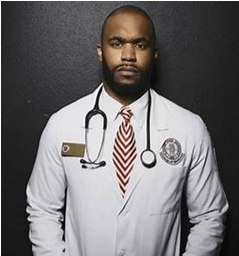

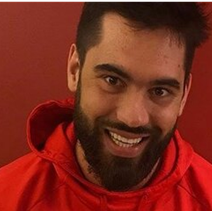
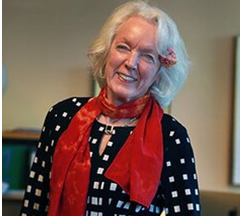
More Information:
www.internationalconferenceonthinkingxix.com
Parents who have found the genius in their child or investors wishing to sponsor geniuses in athletics and the health professions, and philanthropists wishing to help ennoble future generations are invited to call Professor William Maxwell: 404.323.1403.
© 2021, William Maxwell, Ed.D.
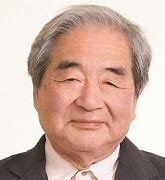
Professor Kisou Kubota, MD, Ph.D. Neurophysiologist, Kyota University
Evidence from Japanese Preschool Studies
Summary of the Kubota Method of Early Childhood Education
by Dr. Satoshi Takahashi, Ph.D[1].
- Kindergarten is too late to cultivate a child’s potential genius.
- Dr. Kubota’s book, “Infant’s Education,” was praised by the co-founder of the SONY Corporation, Mr. Masaru Ibuka, who is also an author on early childhood education.
- Training starts at the age of 0. There are over 3000 infants who have been trained using this Kubota Method so far.
- This new Method was developed by Dr. Kisou Kubota, Ph.D. MD. Professor Emeritus of the University of Kyoto in Brain Physiology, one of the most prominent researchers in the field, and his wife, Kayoko Kubota.
- There are five critical early stages or periods in the infant’s development from the age of 0 where the child develops his/her own “philosophy” or attitude toward life. These periods set the trajectory of the child’s entire life:
- reflective period: From birth to about 1.5 month.
- Holding up the neck period: From 1.5 month to 3.5 months
- Hip Sitting Period: From 3.5 to 5.5 months
- Standing while holding period: From 5.5 months to 8 months
- Walking period.
- The Kubota Method advises not to force the infant to observe things. Let him or her observe things around him or her with his or her own free will.
- Eight months after birth is when the infant’s brain does its maximum synapse-building, particularly in the Visual Cortex. This is the most critical time. This is probably when the brain selects a major life focus: engineering or music or art or words or mathematical problems such as patterns or interpersonal studies, etc.
- Therefore, from about 8 months, the infant should be exposed to as many objects and experiences as possible. The parents should allow the infant to use all of its senses to experience (see, touch, hear, even sometimes taste) inanimate objects such as stones, books, tools; then plants, animals, persons of all types, etc. Such experiences will enhance the cognitive areas of the brain to capture in five senses all objects in its environment, which helps the infant to comprehend his or her surroundings. For instance, if you blindfold the infant the optic nerves will atrophy and the infant will actually become blind. If one becomes blind, then the hearing part of the brain develops more strongly and will become more sensitive than the others.
- Upon exposing the infant to different type of senses, observe which one the infant is most reactive to. Then enhance that inclination of the infant. With this, the probability for the child to become genius in the field may become higher.
- To increase performance at school, do the following two things before the child goes to the elementary school:
- Read the first grader’s language textbook and have the child memorize all the contents and have him or her read the entire textbook by heart. Initially this reading and memorization activity is recorded in the prefrontal lobes of the brain. (This is short-term memory.) Then, by repetition, the messages will be sent to hippocampus, where the sentences will be kept for a long time (long term memory). It is not important whether or not the child understands the words and sentences at this stage. Repetition is the key.
- Teach by several means the concept of numbers, from 0 to 9. By concept, Kubota means using both concrete objects and their abstract representation. Put on the table in front of the child, for example, one apple, then a second apple and say “two apples.” Then later write down the number 2, which is an abstract symbol. Then, practice and remember the addition and subtraction of one digit numbers (which produces two digit numbers for some cases) and have the child say the result in words, or with voice. Eventually, the calculation will be done in the hippocampus, instead of in prefrontal area. Then the child will never forget these numerics and will never fear mathematics.
- When the child is capable to do the above two tasks, then the child already has the aptitude that other children will attain by the end of the first grade.
- When the child understands the words and is able to write, then have the child write and read the “answers” of 1 and 2 above in words out loud. (Reading out loud is important, since it sends the message to more than one location of the brain where concepts are stored and are readily available for solving future problems.)
Additional Information at:
YOKOMINE | preschool and kindergarten. Research indicates that 90% of the brain is developed between the ages of 0-6 years old.
“The founder and principal of the school, Yoshifumi Yokomine is brother to Yoshiro Yokomine, a member of the Japanese Diet, and . . . uncle to Sakura Yokomine, Japan’s highest paid professional, female golfer. Yoshifumi Yokomine, now 58 years old, opened the school when he was 29. At that time he hired exceptional teachers and started with a standard preschool curriculum. However, one day he noticed the children were lethargic during the morning calisthenics and singing the school anthem. They looked bored and uninterested. They lacked enthusiasm and their eyes were dull. This led him to make sweeping changes in the schools daily schedule. He wanted to motivate students and find what they were interested in. He put more emphasis on exercise and excursions to the local mountains and rivers. In addition, be began developing a whole series of activity workbooks for reading, writing, and math.” (and music).
[1] Professor Satoshi Takahashi, Ph.D., Applied Mathematics, Columbia University, came to America as a high school exchange student; went back to Japan to complete his high school diploma there. Then he returned to the University of California to earn degrees in physics and mathematics and later earned his doctorate at Columbia. He accompanied Professor Maxwell to study a most advanced preschool in Kagoshima, the southernmost city of Japan,
